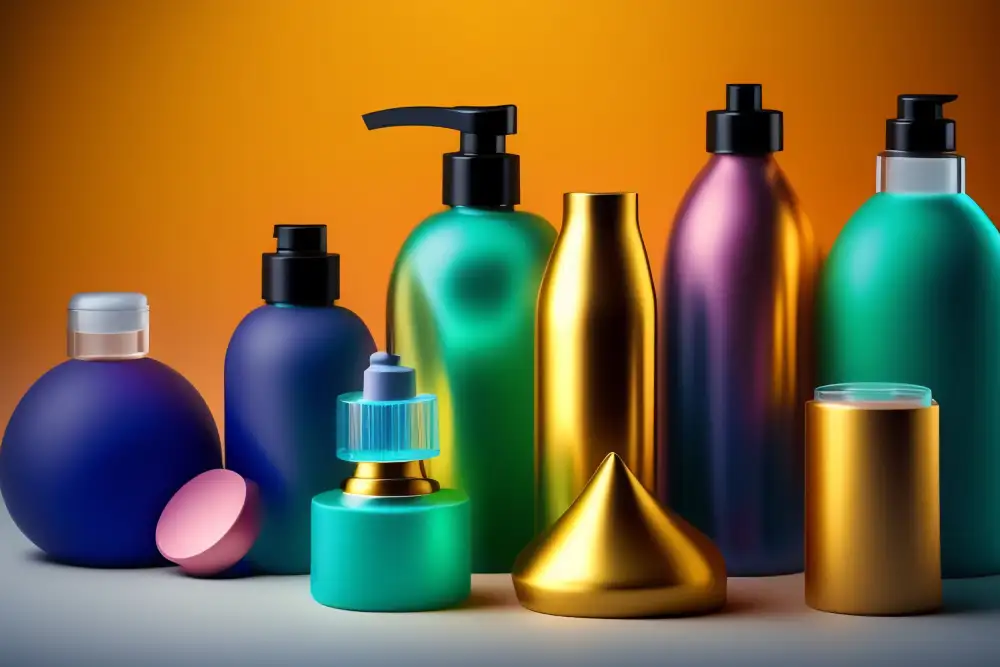DIN EN ISO 9001 CERTIFIED

Leather has been a symbol of durability, luxury, and style for centuries. It's a versatile material used in various industries, from fashion to automotive, and its production involves a crucial step known as tanning. Tanning transforms raw animal hides into the supple, usable leather we all know and love. However, the leather tanning chemicals used in the process are hidden behind the sheen and elegance of leather products. This comprehensive article delves deep into the world of leather tanning chemicals, shedding light on their safety aspects, environmental impact, and the industry's efforts to minimize harm.

Before we explore the safety of leather tanning chemicals, let's understand what they are and why they are necessary for leather production.
Leather tanning chemicals are substances used to convert raw animal hides into leather. Tanning stabilizes the collagen fibers in the hide to prevent it from putrefaction while giving it the desired characteristics such as softness, flexibility, and water resistance. Without tanning chemicals, the hide would quickly decompose, rendering it unusable.
The two primary tanning methods are vegetable tanning and chrome tanning, and each employs a distinct set of chemicals.
Now that we know what leather tanning chemicals are, let's focus on their safety.
Using chemicals in leather tanning has raised legitimate safety concerns over the years. These concerns revolve around three main aspects:
Workers in leather tanneries can be exposed to various chemicals, potentially leading to health issues if not properly managed. The most common occupational hazards include:
To address these concerns, tanneries must implement strict safety measures, provide protective gear, and ensure proper ventilation within the workplace.
The environmental impact of leather tanning chemicals has garnered significant attention, particularly in the context of sustainable and eco-friendly practices. Chrome tanning, in particular, has been criticized for its use of hexavalent chromium, a toxic substance that can contaminate groundwater if not managed properly.
Efforts are underway to reduce the environmental footprint of leather tanning, such as developing cleaner tanning processes and recycling water used in tanneries.
Consumers are rightly concerned about the safety of the leather products they purchase. There have been cases where traces of harmful chemicals, like chromium VI, have been found in finished leather goods, posing potential health risks to consumers. To address this, various regulations and standards have been established to limit the presence of harmful substances in leather products, ensuring consumer safety.
Governments and international organizations have established regulations and standards to ensure the safety of leather tanning chemicals and the products made from them. These regulations vary from region to region but generally aim to:
Some well-known regulations and standards include:
To mitigate the safety concerns associated with leather tanning chemicals, the industry has been exploring innovative solutions:
Leather tanning chemicals are vital to leather production, but their safety and environmental impact cannot be ignored. The industry strives for safer, more sustainable practices driven by consumer demand and regulatory pressures.
As consumers, we promote responsible leather production by supporting brands prioritizing sustainability and adhering to safety standards. By making informed choices, we can enjoy the timeless beauty of leather products without compromising safety and environmental consciousness.
So, the next time you admire a finely crafted leather item, remember that it represents not only the artistry of its maker but also the ongoing journey towards safer and more sustainable leather tanning practices.
Leather tanning chemicals are essential to transforming raw hides into beautiful, usable leather. While there have been concerns regarding the safety of these chemicals, industry regulations and innovations are working towards safer and more sustainable practices. By staying informed and supporting eco-conscious brands, we can continue enjoying leather products without compromising safety or the environment.
Leather has been a symbol of durability, luxury, and style for centuries. It's a versatile material used in various industries, from fashion to automotive, and its production...
Read moreIn fashion and craftsmanship, leather is an eternal symbol of luxury, versatility...
Read moreZsivira is a leading Fat liquor manufacturer, and our fat liquor is known for its high quality and durability. We use a proprietary blend of animal fats, oils, and waxes to create a fat...
Read more